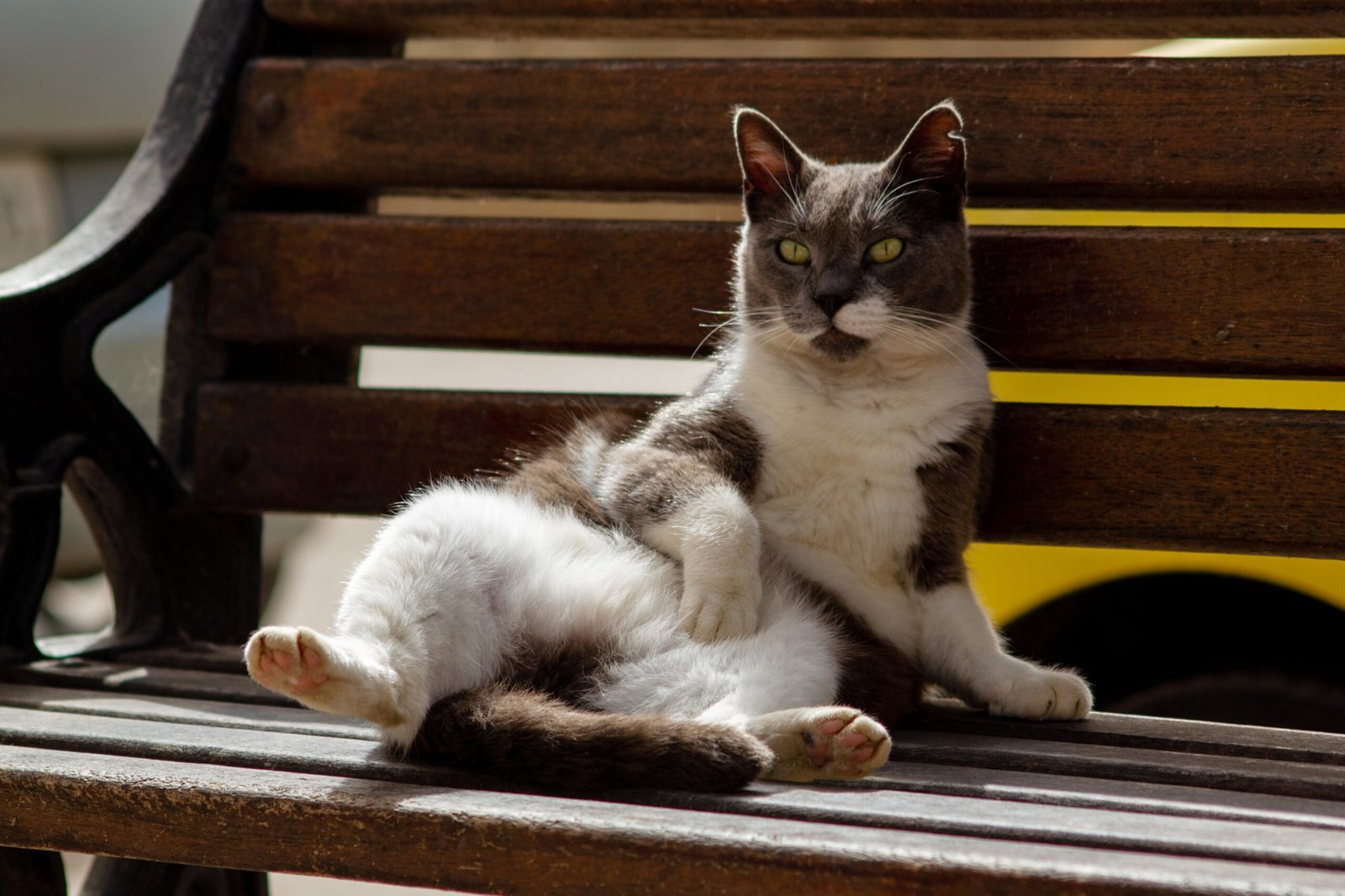Understanding the emotional state of your feline friend can be like deciphering an ancient, mysterious language. Cats are enigmatic creatures, often displaying subtle signs that can easily be misinterpreted. As a cat lover, it’s crucial to know when your pet is purring with contentment or silently asking for help. In this article, we’ll explore five tell-tale signs that your cat is happy and five that indicate they might be stressed. This will help you to create a harmonious living environment for your furry companion.
Purring: The Melody of Contentment

There’s nothing quite like the soothing sound of a cat’s purr. It’s the melody of contentment, a sign that your cat is in a state of relaxation and happiness. When a cat purrs, it often means they feel safe and secure in their environment. Think of it as the feline equivalent of a human sigh of relief. However, it’s important to note that not all purring is associated with happiness; sometimes cats purr to self-soothe when they are in pain. But generally, if your cat is purring while lounging on your lap or snuggling up in their cozy bed, it’s a good indication of their happiness.
Playful Behavior: Unleashing Their Inner Kitten
Cats are naturally playful creatures, and when they’re happy, they love to engage in playful antics. If your cat is frequently chasing toys, pouncing on imaginary prey, or engaging in playful wrestling matches, it’s a sign they’re in a positive state of mind. Playful behavior is a way for cats to release pent-up energy and express their joy. It’s like watching a child at a playground, full of energy and excitement. Encouraging playtime with your cat can further enhance their happiness.
Slow Blinks: The Eye of Trust
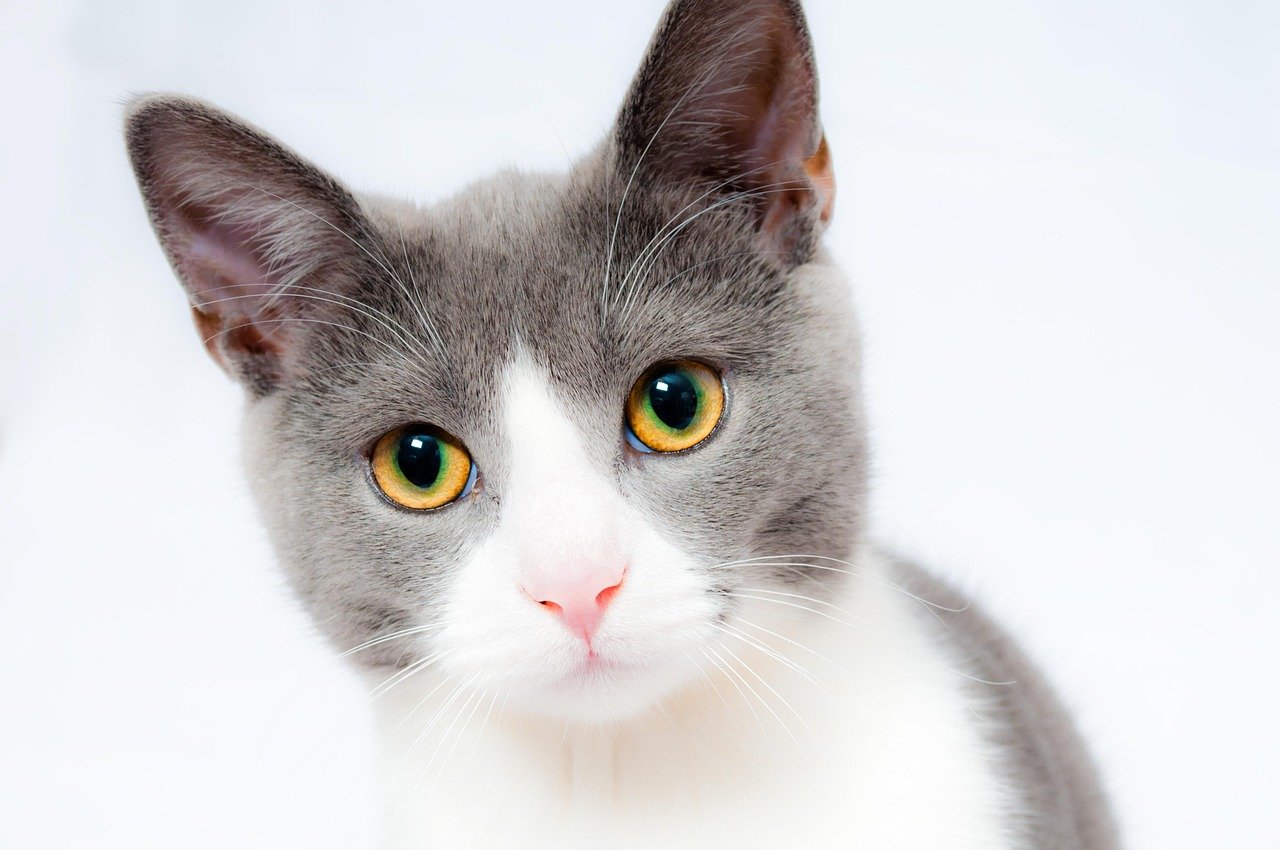
When a cat gives you a slow blink, it’s often referred to as the “cat kiss.” This is a sign of trust and affection. Cats use slow blinks as a way to communicate that they feel safe and comfortable in your presence. It’s their way of saying, “I trust you.” If you want to reciprocate the affection, try slow-blinking back at your cat. It’s like having a silent conversation, exchanging feelings of love and security without uttering a single word.
Relaxed Posture: The Language of Calm
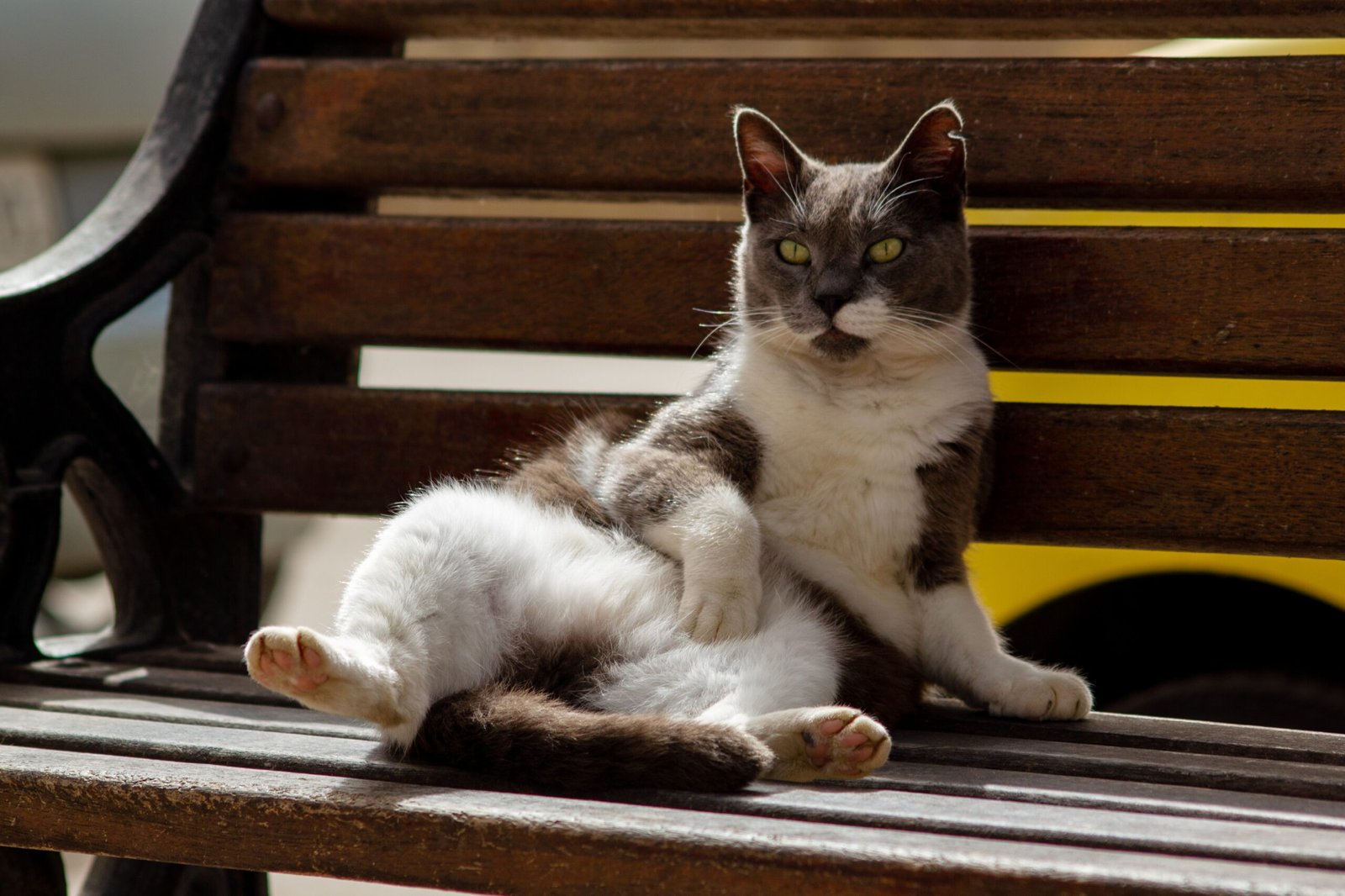
A relaxed cat is a happy cat. When your feline friend is sprawled out with their limbs stretched or curled up in a cozy ball, it indicates they feel at ease. Their body language speaks volumes; a loose, relaxed posture is a clear sign they are comfortable in their surroundings. Imagine a person sinking into a soft armchair after a long day—it’s the same feeling of comfort and relaxation. Pay attention to your cat’s posture to gauge their emotional state.
Eating Well: The Appetite of Joy

A healthy appetite is another sign of a happy cat. When your cat eagerly comes to their food bowl and eats with gusto, it shows they are content. Cats are creatures of habit, and a change in eating behavior can signal stress or discomfort. Think of it like someone enjoying a delicious meal; a hearty appetite often reflects a positive mood. If your cat is eating well and maintaining a healthy weight, it’s likely they are happy and content.
Excessive Grooming: The Hidden Stress Signal
While grooming is a natural behavior for cats, excessive grooming can be a sign of stress. If your cat is constantly licking or biting their fur, it may indicate anxiety or discomfort. Imagine a person biting their nails when they’re nervous—cats may groom excessively for similar reasons. This behavior can lead to bald patches or skin irritation. If you notice your cat grooming excessively, it’s essential to investigate potential stressors in their environment.
Hiding: The Silent Cry for Help

Cats are masters of hiding, and while they might occasionally seek solitude, frequent hiding can be a sign of stress. If your cat is spending more time in secluded spots, it could mean they’re feeling overwhelmed or unsafe. Picture a child hiding under the covers when they’re scared; cats use hiding as a coping mechanism. If your cat is hiding more than usual, it’s crucial to identify and address the source of their stress.
Changes in Litter Box Habits: The Unspoken Distress
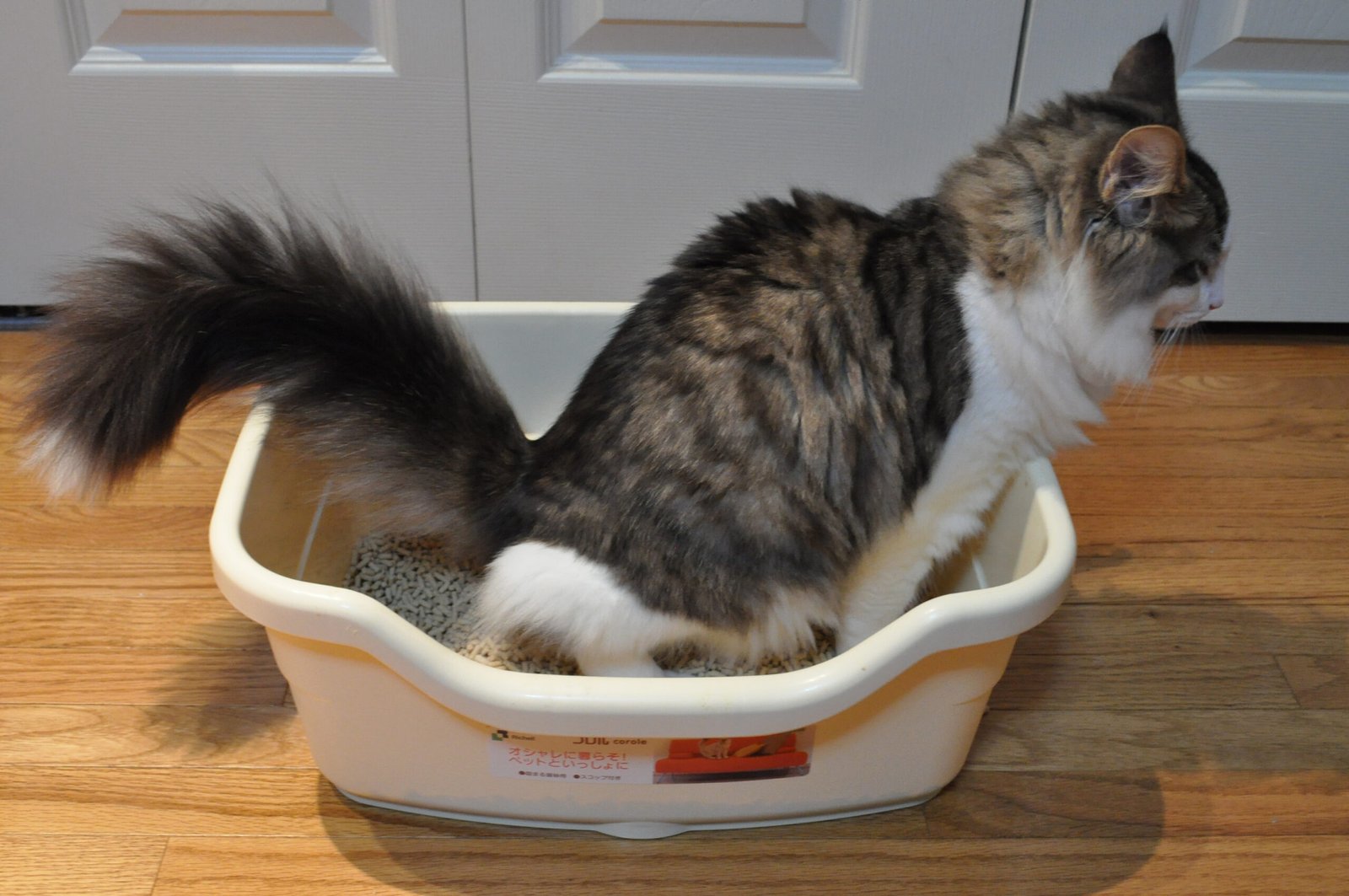
A sudden change in your cat’s litter box habits can be an indicator of stress or health issues. If your cat is urinating or defecating outside the litter box, it’s a sign that something might be amiss. It’s similar to a person experiencing digestive issues when they’re stressed. This behavior can be triggered by a variety of factors, such as a change in routine or environment. It’s essential to consult a veterinarian to rule out any medical conditions and address the underlying stress.
Vocalization: The Cry of Discomfort
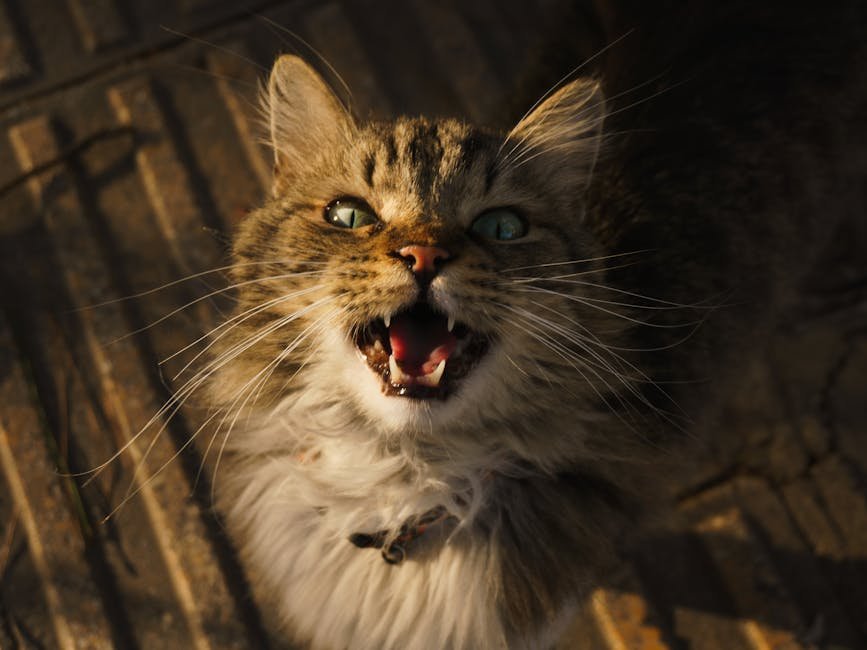
Cats communicate through vocalizations, and an increase in meowing or yowling can indicate stress. If your cat is suddenly more vocal than usual, it’s their way of expressing discomfort or anxiety. Imagine someone raising their voice in frustration; cats use vocalization to communicate their needs and emotions. Pay attention to changes in your cat’s vocal patterns to understand their emotional state better.
Aggression: The Defensive Shield
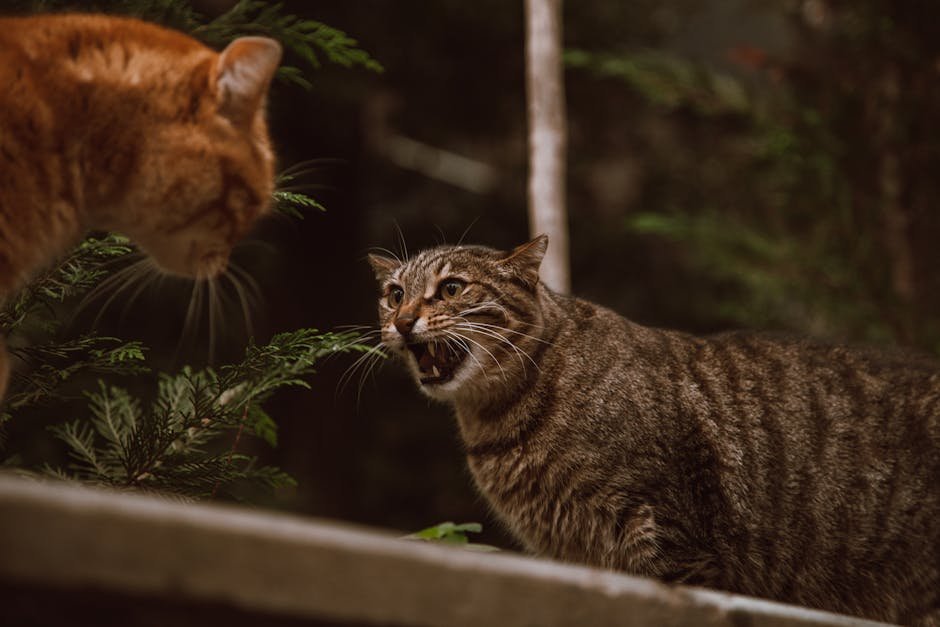
Aggression in cats can be a sign of stress or fear. If your cat is hissing, growling, or swatting more than usual, it may indicate they’re feeling threatened. Consider it their defensive shield, a way to protect themselves from perceived dangers. Understanding the cause of their aggression is crucial to alleviating their stress and creating a peaceful environment for your feline friend.


Andrew Alpin from India is the Brand Manager of Doggo digest. Andrew is an experienced content specialist and social media manager with a passion for writing. His forte includes health and wellness, Travel, Animals, and Nature. A nature nomad, Andrew is obsessed with mountains and loves high-altitude trekking. He has been on several Himalayan treks in India including the Everest Base Camp in Nepal.

